As generations evolve, so do their tastes and preferences. Millennials, born between 1981 and 1996, have popularized trends that were once called frivolous or unnecessary by the older generation. However, these so-called ‘stupid’ trends have morphed into billion-dollar industries. From avocados to athleisure, these shifts highlight the power of millennial consumers in shaping the market. Let’s explore ten such trends that have defied initial skepticism to become economic powerhouses.
1. Avocado Toast
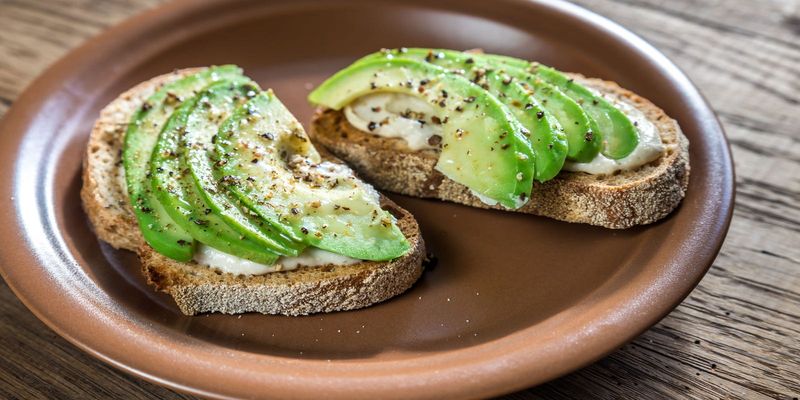
Once dismissed as overpriced brunch fare, avocado toast symbolizes millennial culinary rebellion. Its creamy texture and health benefits make it a staple. Despite initial criticism, it’s now a cafe favorite, symbolizing a shift towards fresh, healthy eating. Avocados, rich in nutrients, contribute to this trend’s enduring success. Today, avocado sales soar, fueling a billion-dollar industry. This simple dish, mocked in its infancy, has become an emblem of modern dining. It’s more than food; it’s a lifestyle statement. Who knew a fruit could redefine breakfast culture?
2. Craft Beer

Craft beer, once a niche hobby, is now a thriving industry. Millennials’ thirst for unique flavors has driven this boom. Craft breweries offer a personalized experience, attracting those seeking authenticity. This trend reflects a departure from mass-produced alternatives, emphasizing quality and creativity. With millennials prioritizing experiences over possessions, craft beer has become a social centerpiece. The rise of local breweries illustrates a cultural shift towards supporting small businesses. No longer just a drink, craft beer represents community and innovation, transforming the beverage landscape.
3. Athleisure
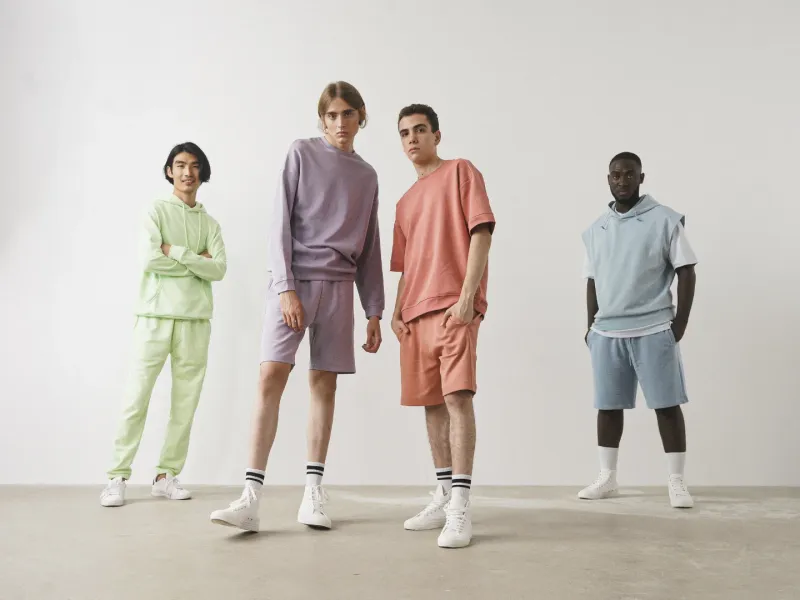
Athleisure, a blend of athletic and leisure wear, redefined fashion norms. What started as gym attire has infiltrated everyday wardrobes. Millennials embraced comfort without compromising style, leading to a fashion revolution. Critics scoffed, but the market’s response was overwhelming. Brands like Lululemon capitalized on this, creating billion-dollar empires. Athleisure’s appeal lies in its versatility, catering to dynamic lifestyles. Whether at work or play, this trend suits varied contexts. Its success highlights the modern consumer’s desire for practicality and aesthetics in harmony.
4. Sustainable Products
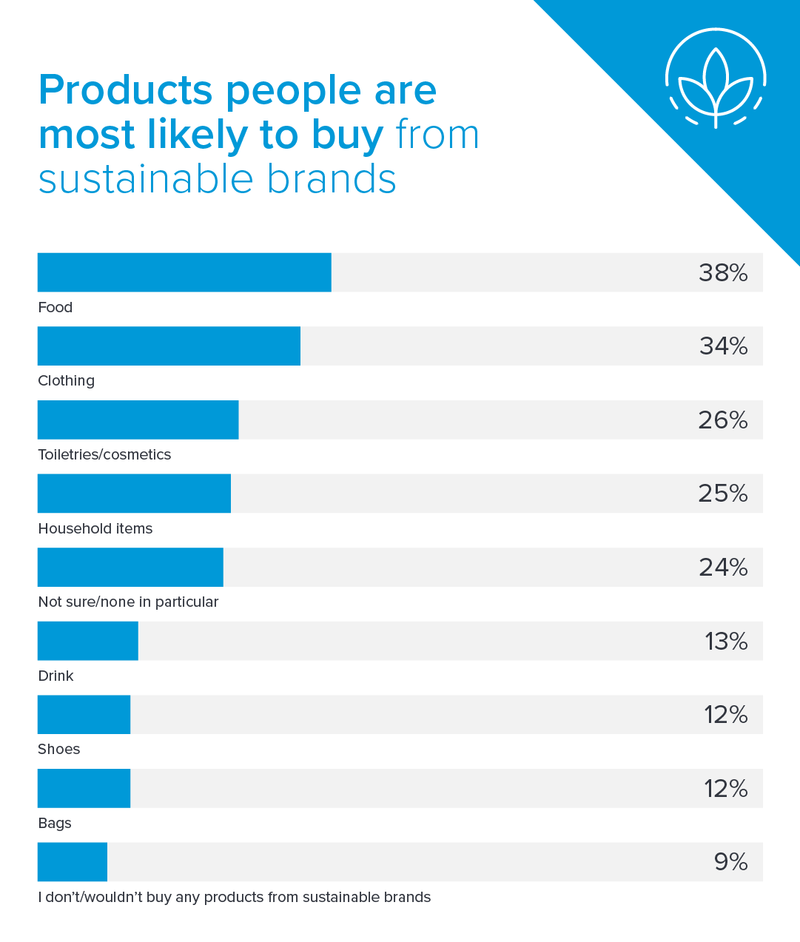
Sustainability is more than a trend; it’s a movement millennials champion. Initially dismissed as idealistic, eco-friendly products now dominate markets. Consumers demand transparency and responsibility, driving brands to adapt. This shift reflects a deep commitment to environmental stewardship. From bamboo toothbrushes to solar panels, sustainable goods are ubiquitous. The demand has fostered innovation, turning green initiatives into profitable ventures. Millennials, labeled as ‘greenwashing’ skeptics, prioritize genuine efforts. This passion for sustainability underscores a generational commitment to a healthier planet, influencing industries worldwide.
5. Plant-Based Diets
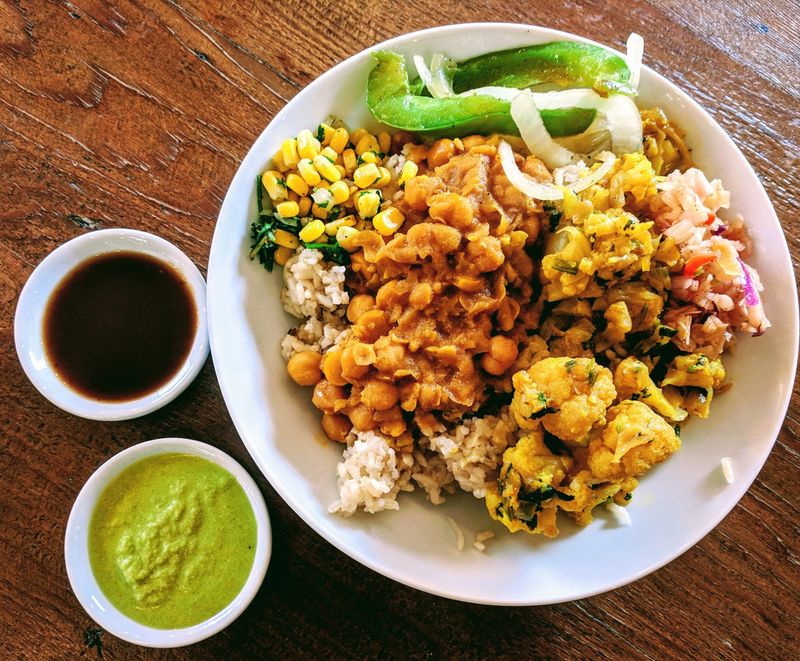
What once seemed a niche diet is now mainstream. Plant-based eating aligns with millennial values of health and sustainability. This shift has challenged traditional perceptions, with many embracing meatless meals. Brands like Beyond Meat have surged, providing tasty alternatives. The rise in veganism and vegetarianism reflects a broader awareness of environmental impacts. This trend is not just about food; it’s about a holistic lifestyle. Critics questioned its longevity, yet its growth suggests otherwise. Plant-based diets are now integral to global food culture, highlighting a conscious consumer shift.
6. Ride-Sharing Apps
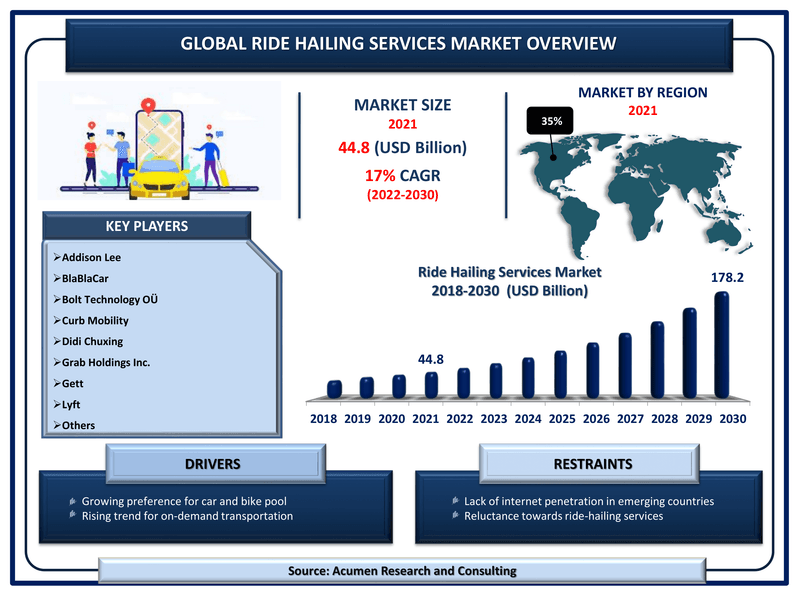
Ride-sharing transformed urban transit. What seemed impractical became indispensable. Millennials, desiring convenience, embraced services like Uber and Lyft. These apps offer flexibility and cost-effectiveness, appealing to city dwellers. The gig economy’s rise is partially attributed to this trend, reshaping employment landscapes. Despite regulatory hurdles, ride-sharing persists, highlighting consumer demand for adaptable solutions. This industry, once trivialized, now thrives, showcasing technological innovation. Ride-sharing apps are more than transport; they’re symbols of a connected, on-demand generation.
7. Streaming Services

Gone are the days of cable TV dominance. Streaming services, once doubted, now redefine entertainment. Millennials, valuing choice, shifted to platforms like Netflix and Hulu. This trend reflects a demand for content flexibility and accessibility. Cord-cutting, initially a niche practice, has accelerated. Streaming platforms have expanded, offering diverse programming to cater to varied tastes. As traditional media struggles, streaming thrives, driven by consumer preferences. This digital evolution underscores a broader shift towards personalized media consumption, reshaping how we engage with content.
8. Online Shopping
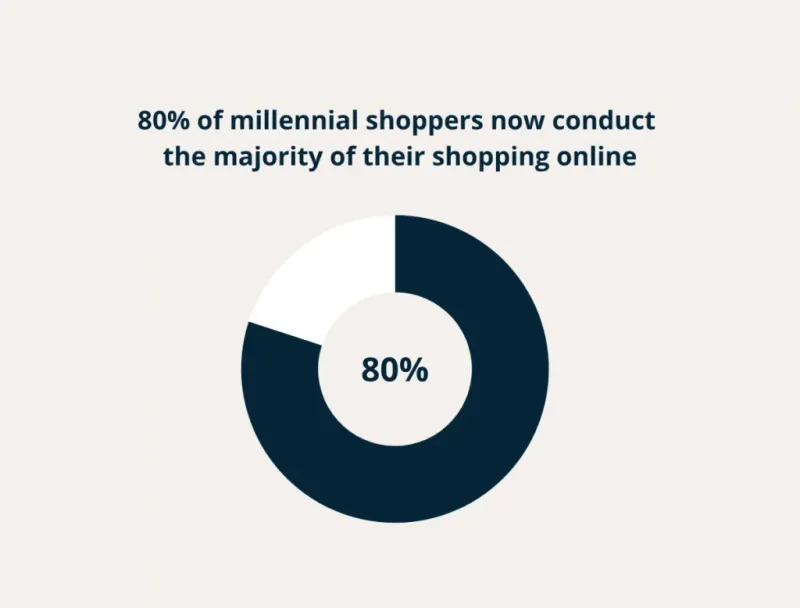
Online shopping, once seen as risky, now defines retail. Millennials, digital natives, fueled this transition. Convenience and variety appeal to consumers seeking hassle-free experiences. E-commerce platforms have soared, disrupting traditional stores. The rise of Amazon illustrates this shift, with countless businesses adapting. Online shopping’s appeal lies in accessibility, catering to diverse needs. What seemed a novelty is now essential, reshaping global retail dynamics. This trend highlights a generational preference for digital solutions, altering how we shop and engage with brands.
9. Social Media Marketing
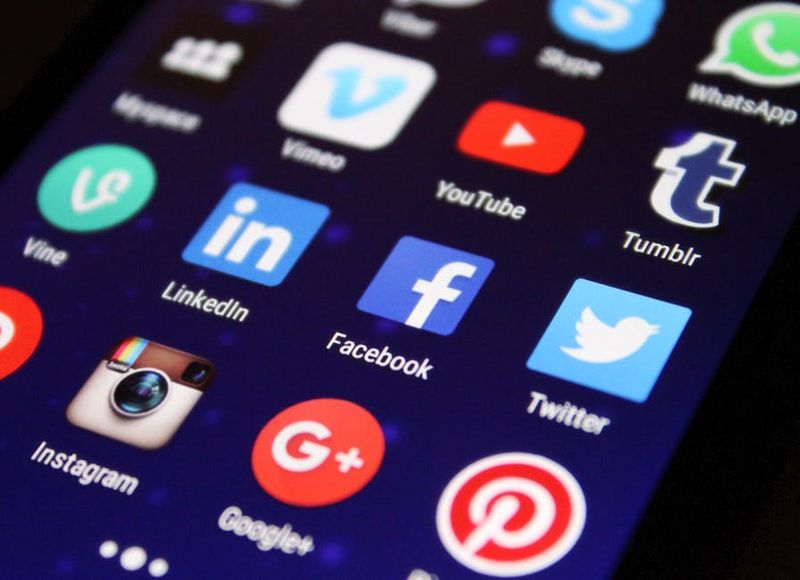
Social media marketing, once trivialized, now dominates advertising. Millennials, spending hours online, transformed it into a crucial strategy. Platforms like Instagram and Facebook enable targeted outreach, revolutionizing brand-consumer interactions. This trend reflects a shift towards digital engagement, with businesses allocating significant resources. Influencer marketing, originally a fad, has become indispensable. Social media offers authenticity, resonating with younger audiences. This evolution underscores a broader change in communication, highlighting the importance of adapting to digital landscapes. The impact on advertising is profound, reshaping how brands connect.
10. Co-Working Spaces

Co-working spaces, once a niche concept, now cater to modern work needs. Millennials, valuing flexibility, have popularized this trend. These spaces offer collaboration and networking, appealing to freelancers and startups. The rise of remote work has accelerated demand, as traditional offices evolve. Co-working epitomizes a shift towards adaptable environments, fostering creativity. This trend highlights a generational desire for community and innovation in workspaces. Initially questioned, co-working has proven resilient, transforming real estate and work culture. It’s more than a space; it’s a movement redefining how we work.
Hi all, I am Sidney, an accountant, a hobbyist photographer, and a mother to two sweet girls who are my motivation. I love sharing the tips and tricks I gained all these years I’ve been a mother. I hope it will help you!

